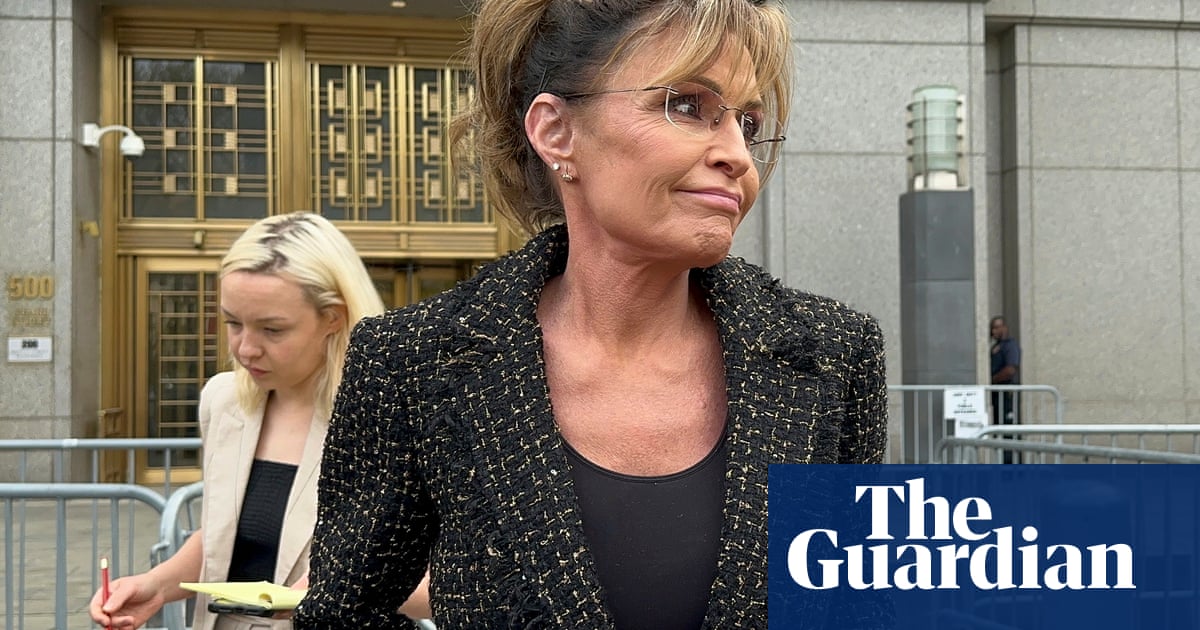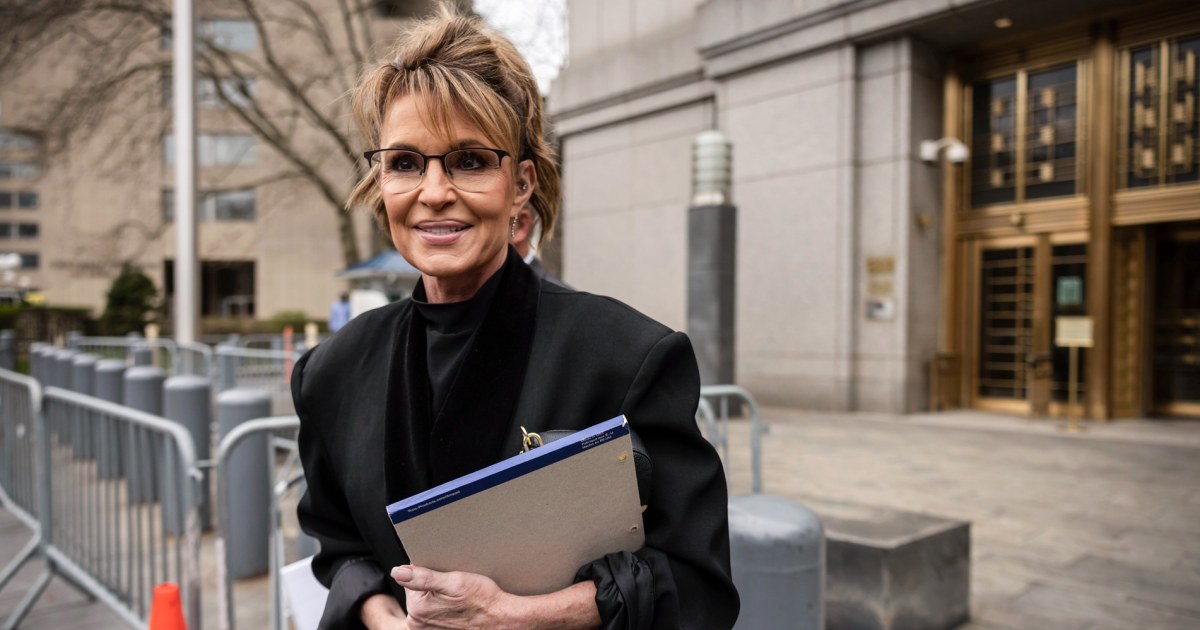Jury Rules Against Sarah Palin in Defamation Case Against The New York Times
A jury has ruled that The New York Times did not libel Sarah Palin, concluding the newspaper's editorial error did not meet the standard for defamation.
Subscribe to unlock this story
We really don't like cutting you off, but you've reached your monthly limit. At just $5/month, subscriptions are how we keep this project going. Start your free 7-day trial today!
Get StartedHave an account? Sign in
Overview
In a retrial, a jury sided with The New York Times, ruling it did not libel Sarah Palin regarding an editorial from 2017 that she claimed harmed her reputation. The jury determined that the Times made an honest mistake and highlighted the challenge for public figures to prove actual malice in defamation cases. Despite her loss, Palin expressed a commitment to advocating for integrity in journalism. The case continues to spark discussions about media accountability and the legal standards surrounding defamation.
Report issue

Read both sides in 5 minutes each day
Analysis
- The jury found The New York Times not liable for defamation, reaffirming the legal principle that publishers are not responsible for honest mistakes.
- Palin's claims were deemed unsubstantiated as she failed to prove actual malice under the current defamation standard, which is challenging for public figures.
- The editorial that sparked the lawsuit contained errors, but the Times acted quickly to correct them, which played a significant role in the jury's decision.
Articles (10)
Center (5)
FAQ
The editorial wrongly suggested a link between Palin's political action committee's crosshairs map and the 2011 Arizona shooting targeting Gabby Giffords, which was corrected 14 hours after publication.
The jury found no actual malice, a required element for public figures to prove defamation, determining the error was an honest mistake under deadline pressure rather than intentional recklessness.
A federal appeals court overturned the original 2022 verdict favoring the Times, ordering a retrial to reassess whether Palin proved actual malice by clear and convincing evidence.
The paper issued a correction 14 hours later acknowledging the error but did not mention Palin by name in the correction, which her lawyers argued was insufficient.
It underscores the high legal bar (actual malice standard from *New York Times Co. v. Sullivan*) public figures must clear in defamation cases, protecting media freedom to report on public figures despite factual errors absent proven intent.
History
- This story does not have any previous versions.








